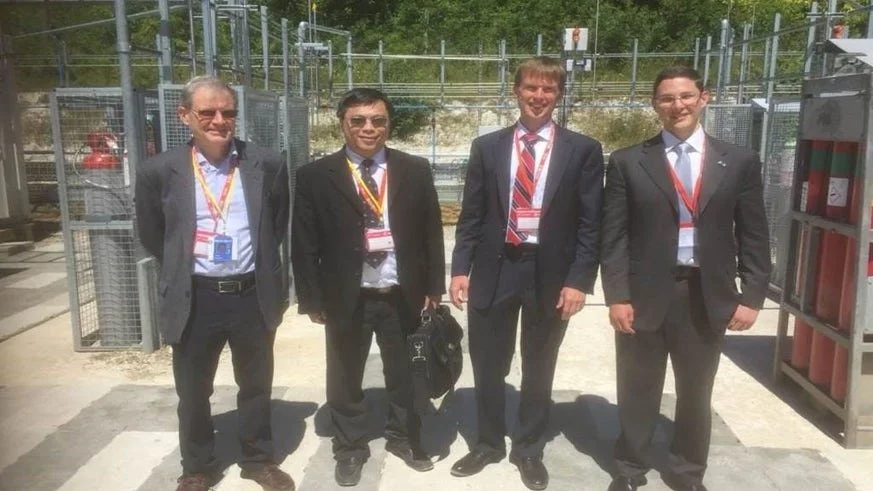Projects
Some green ammonia related projects with involvement from GAWG members.
To add new projects, contact us.
Stored Ammonia For Energy (SAFE)
Stored Ammonia For Energy (SAFE) is a program conceived to support the transition towards a zero-carbon economy via the use of highly hydrogenated molecules such as ammonia. The program, based at Cardiff University, evaluates different options to employ this chemical for support to renewable energy storage and distribution, efficient power generation, zero-carbon transportation and heat recovery, amongst other topics. Employing state-of-the-art techniques through novel concepts, robust institutional collaboration and continuous engagement with the government, the program will enable the development of incipient technologies and human resources for the best utilisation of ammonia as energy vector.
The Green Ammonia Demonstrator - a National Net-Zero Project
FLEXIS researchers are piloting a new integrated renewable power-to-power system demonstrator that uses ammonia as an intermediate energy storage medium generated from wind power via the well-established Haber-Bosch process.
The £1.5m proof-of-concept demonstrator facility – the first of its kind – was opened in Rutherford Appleton Laboratories (Harwell), Oxfordshire.
Source: University of Cardiff
FLEXnCONFU
University of Cardiff as part of a European consortium with 21 partners
Promotion of a hydrogen and ammonia energy society.
One objective: Power-to-Ammonia-to-Power
Demonstration of power to ammonia solution at lab scale. In order to achieve this objective, a small-scale ammonia reactor for NH3 synthesis will be designed, developed and tested, selecting the most suitable catalyzer and pressure/temperature operating conditions.
Optimal fuel blends for ammonia fuelled thermal propulsion systems
Until January 2023 Develop a computationally cost-effective numerical tool for Co-Optimisation of fuel blend and combustion system in a systematic way, and to examine how the conflicting requirements can be met by adding gaseous fuels (e.g., methane, hydrogen and syngas) to ammonia so that engine can be operated stably and reliably with improved thermal efficiency and minimal NOx emissions.
IDRIC - Ammonia and hydrogen use for industrial heat and power generation
The Industrial Decarbonisation Research and Innovation Centre IDRIC seeks to, iter alia, de-risk the transition and deployment of zero-carbon fuels (ZCFs) by supporting designers and operators of heat and power plants through measurements (for CFD model development and validation), demonstration and life cycle assessment.




